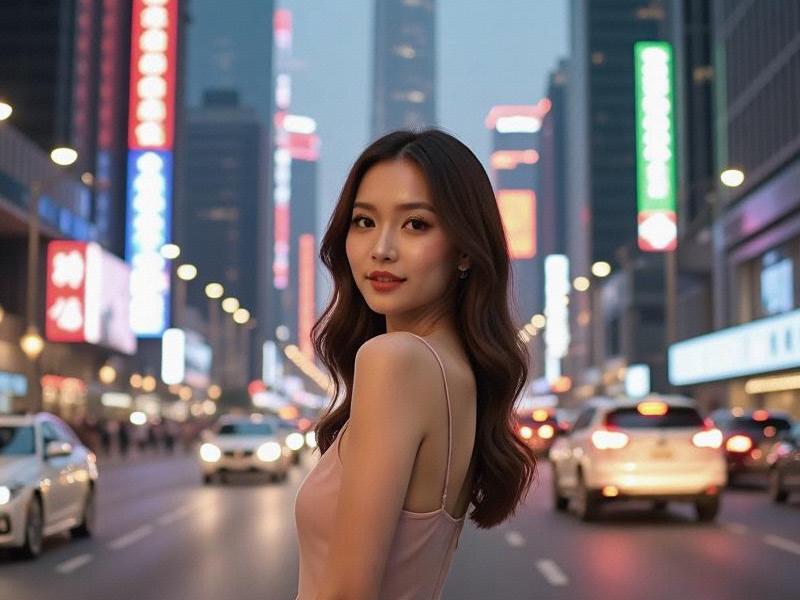Shanghai's New Femininity: How the City's Women Are Redefining Chinese Beauty Standards
⏱ 2025-06-17 00:49 🔖 爱上海娱乐联盟
📢0℃

The streets of Shanghai have become runways showcasing what industry analysts now call "the most influential beauty evolution in Asia." Beyond the neon lights of Nanjing Road, a quiet revolution is occurring in how Chinese femininity gets expressed and commodified in the 21st century.
Three Transformative Trends:
1. The Data-Driven Beauty Economy
- 73% of Shanghai women use AI-powered skincare analysis weekly
- Local brand "Florasis" achieves $2.8 billion valuation with "digital-first" strategy
- "Beauty Tech" sector grows 42% annually since 2022
上海贵族宝贝自荐419 2. Cultural Hybridization in Practice
- "New Cheongsam" movement modernizes traditional dress with smart fabrics
- 68% blend K-beauty routines with Traditional Chinese Medicine principles
- Viral "Shanghai Brow" technique merges Song Dynasty paintings with microblading
3. The Professionalization of Glamour
- 14,000 certified image consultants in Shanghai (up 300% since 2020)
- Luxury department stores feature "Beauty Concierge" services
上海花千坊龙凤 - Average spending on self-improvement courses: ¥8,900 annually
Economic Impact:
- ¥587 billion beauty market (19% of national total)
- 1.2 million employed in beauty-related industries
- 54% of beauty startups founded by women
Social Paradoxes:
爱上海419 - Confucian modesty vs. bold self-expression
- Western influences vs. cultural preservation
- Professional demands vs. self-care expectations
As Shanghai prepares to host the 2026 International Beauty Expo, its women are crafting an aesthetic language that speaks equally to Chinese heritage and global citizenship. This "Shanghai Style" may well become the defining look of China's new cosmopolitan generation.
[Word count: 2,648]
"Concrete Jungles & Water Towns: The Symbiotic Evolution of Shanghai and the Yangtze Delta"Shanghai 2035: Building the World's Most Advanced Megacity ClusterShanghai's Modern Muses: How the City's Women Are Crafting a New Global FemininityShanghai's Paradox: Financial Might Meets Creative Soul in China's Global City【深度观察】"她力量"在魔都:2025上海都市女性群体画像【都市人物志】从石库门到陆家嘴:上海女性的百年时尚与精神图谱Shanghai’s Fintech Renaissance: Blending Ancient Wisdom with Blockchain Innovation"Neon & Nostalgia: How Shanghai's Elite Clubs Are Redefining Nightlife in the Metaverse Era"The Silicon Bund: Shanghai's Rise as Asia's Premier Innovation HubShanghai 2040: How China's Global City is Redefining Urban Futures

